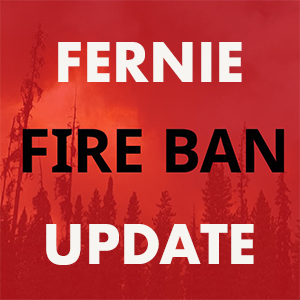
A recent study published in Conservation Science and Practice points to the Elk Valley as having the highest mortality rate for young grizzly bears in North America.
The lead author of the study was local Bear Biologist Dr. Clayton Lamb who is is a wildlife scientist with Biodiversity Pathways and the University of British Columbia. Dr Lamb is pictured above tagging a young grizzly with a radio collar.
According to an article in the National Post the Elk VAlley represents less than one per cent of the bear’s range in the province but accounts for 33 per cent of B.C.’s reported road deaths and 42 per cent of the railway deaths.
Researchers tracked 76 bears between 2016 and 2022, mostly via radio collars. Twenty-two of the bears died during the study period, 14 of which had functioning collars at their time of death that could help researchers identify the cause of deaths.

Reported human-caused grizzly bear mortalities 2001–2021 within the Elk Valley study area compared to the rest of BC’s grizzly bear range.
Twelve of the 14 bears died after having been hit by a vehicle or train or by conflict with humans. One of the bears died by natural causes and one other’s death was unknown but suspected to be caused by a human.
While the study found that young bears, aged two to six, have an annual mortality rate of 40 per cent, adult bears had a survival rate of more than 95 per cent. This, according to the report, suggests an “intense demographic filter for young animals.”
Study author Dr. Lamb said that despite the high number of collisions and conflicts with humans, the grizzly bear population in the area replenishes itself because they tend to enter the valley from the surrounding areas that have less development and human activity.
Still, that doesn’t mean that the high mortality rate for these bears shouldn’t be of concern, Dr. Lamb says.
“When you dig into it, and kind of understand the population dynamics, you realize that it’s not really working in this area for these bears, you know. it’s propped up by this larger landscape, and maybe that relationship and that population dynamic is fairly fragile,” said Lamb.
We need to learn to live with thee beautiful animals and stop the unnecessary slaughter. Thank you Dr. Lamb for your passionate commitment to your studies and the valleys grizzly bears.
Source: nationalpost.com
Photo: Clayton Lamb
























